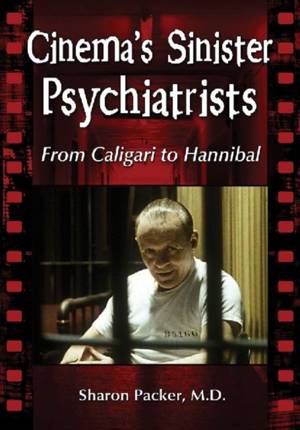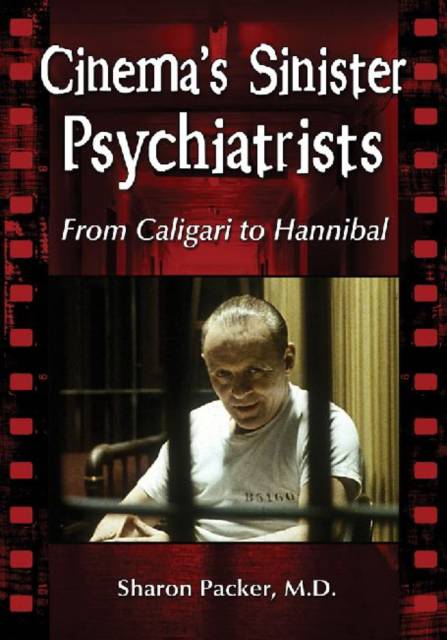
- Retrait gratuit dans votre magasin Club
- 7.000.000 titres dans notre catalogue
- Payer en toute sécurité
- Toujours un magasin près de chez vous
- Retrait gratuit dans votre magasin Club
- 7.000.0000 titres dans notre catalogue
- Payer en toute sécurité
- Toujours un magasin près de chez vous
Description
Film history is merged with psychiatric history seamlessly, to show how and why bad depictions of mind doctors (especially hypnotists) occur in early film, long before Hannibal Lecter burst upon the scene. The German Expressionist Dr. Caligari is not cinema's first psychotic charlatan, but he launches the stereotype of screen psychiatrists who are sicker than their patients. Many film psychiatrists function as political metaphors, while many more reflect real life clinical controversies.
This book discusses films with diabolical drugging, unethical experimentation, involuntary incarceration, sexual exploitation, lobotomies, "shock schlock," conspiracy theories and military medicine, to show how fact informs fantasy, and when fantasy trumps reality. Traditional asylum thrillers changed after hospital stays shortened and laws protected people against involuntary commitment. Except for six short "golden years" from 1957 to 1963, portrayals of bad psychiatrists far outnumber good ones and this book tells how and why that was.
Spécifications
Parties prenantes
- Auteur(s) :
- Editeur:
Contenu
- Nombre de pages :
- 256
- Langue:
- Anglais
Caractéristiques
- EAN:
- 9780786463909
- Date de parution :
- 19-09-12
- Format:
- Livre broché
- Format numérique:
- Trade paperback (VS)
- Dimensions :
- 175 mm x 251 mm
- Poids :
- 453 g

Les avis
Nous publions uniquement les avis qui respectent les conditions requises. Consultez nos conditions pour les avis.






